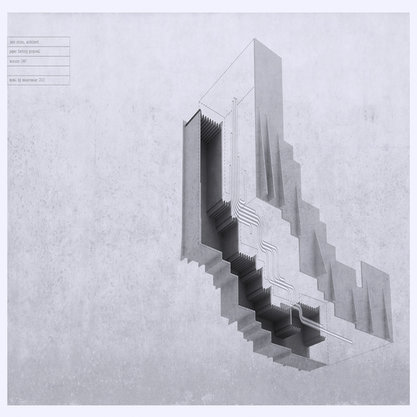Article
Belkhodja, Néjib (1933–2007) By Gerschultz, Jessica
Article
Néjib Belkhodja was a Tunisian artist credited for leading Tunisian modern art in a new direction in the 1960s. He attended the Lycée Carnot and the École des Beaux-Arts in Tunis. Along with artists Nja Mahdaoui and Hédi Turki, Belkhodja was influential in his pursuit of abstraction and an “authentic” and “universal” visual grammar. To these ends, he formed the Groupe des Six in 1964. He rejected what he perceived to be the aesthetic limitations and folkloric dimensions of the École de Tunis, instead seeking to rearticulate tunisianité (Tunisian cultural patrimony), within an international language of modern art. Throughout his career, Belkhodja’s artwork united the geometry, signs, and symbols of the medina of Tunis with the forms and rhythms of Arabic script. Belkhodja’s focus on the medina led his work to be called “urban constructivism” by writer Ali Louati. In addition to paintings on canvas, he created mixed-media works and reverse-glass paintings in the 1970s and 1980s. Belkhodja exhibited widely in Tunis and abroad, participating in biennales in Paris, Palermo, and Alexandria, and received prizes in Tunisia, Italy, Egypt, and France. In 1991 Belkhodja and Iraqi artist Dia Azzawi exhibited together at the Galerie des Arts d’el Menzah in Tunis.

